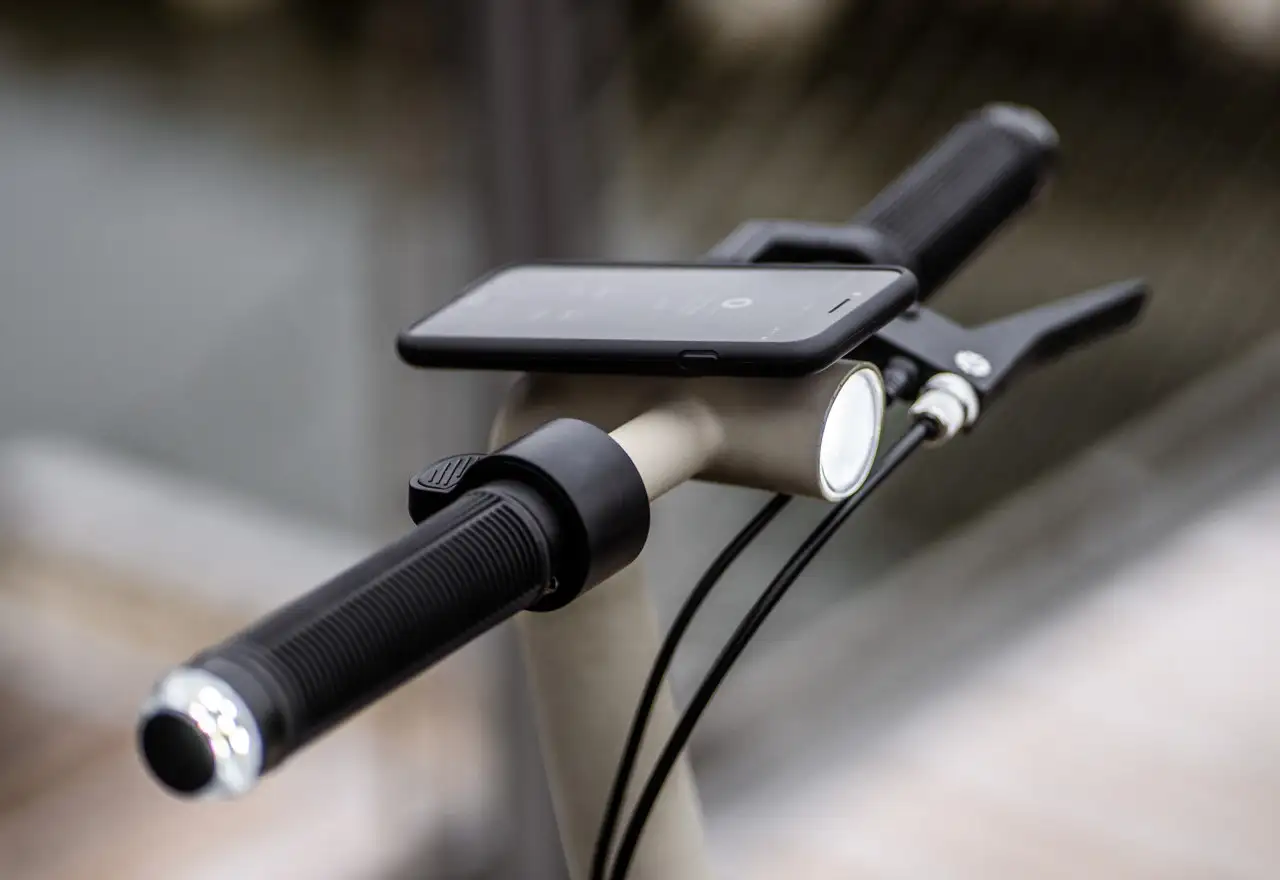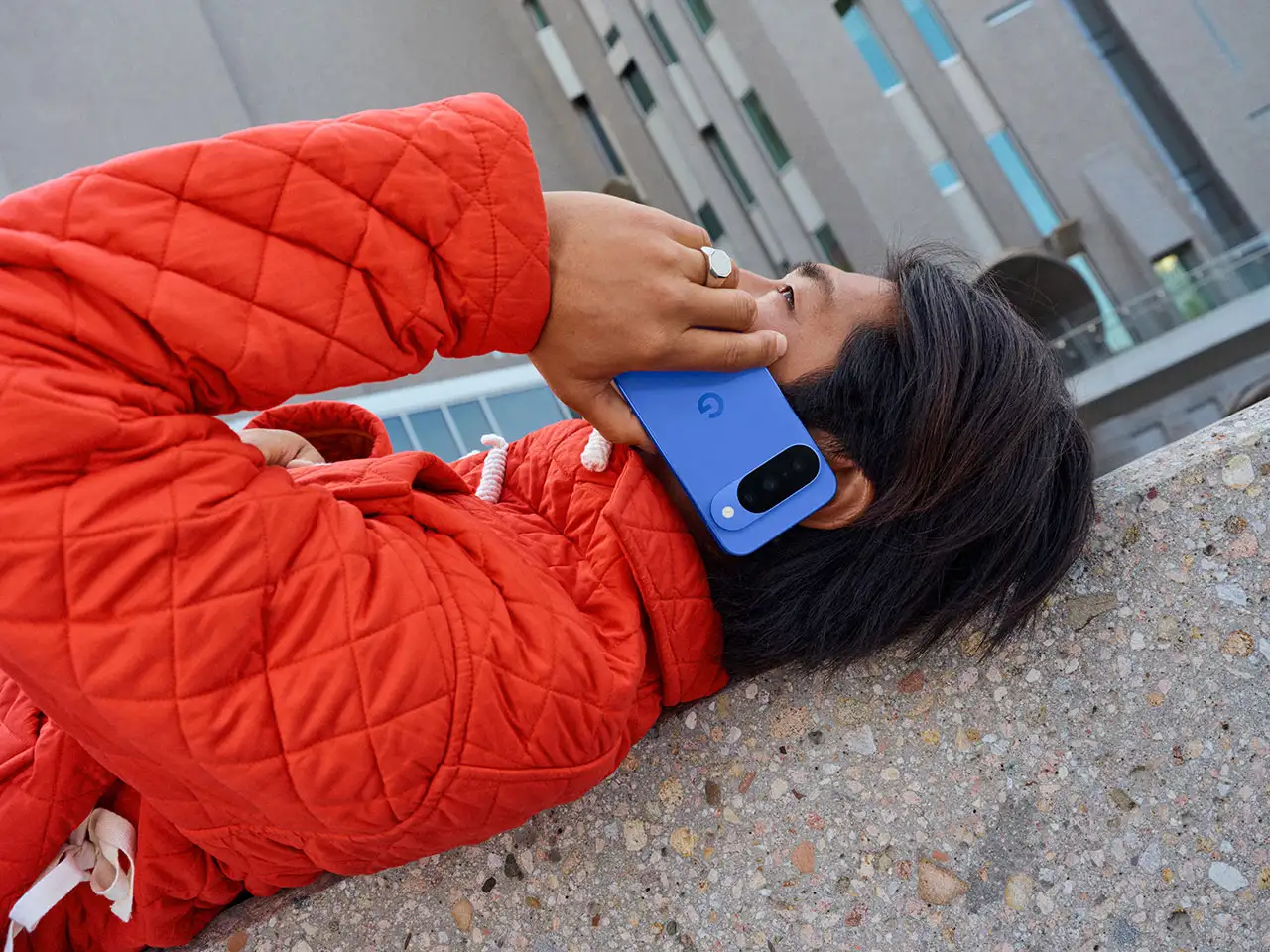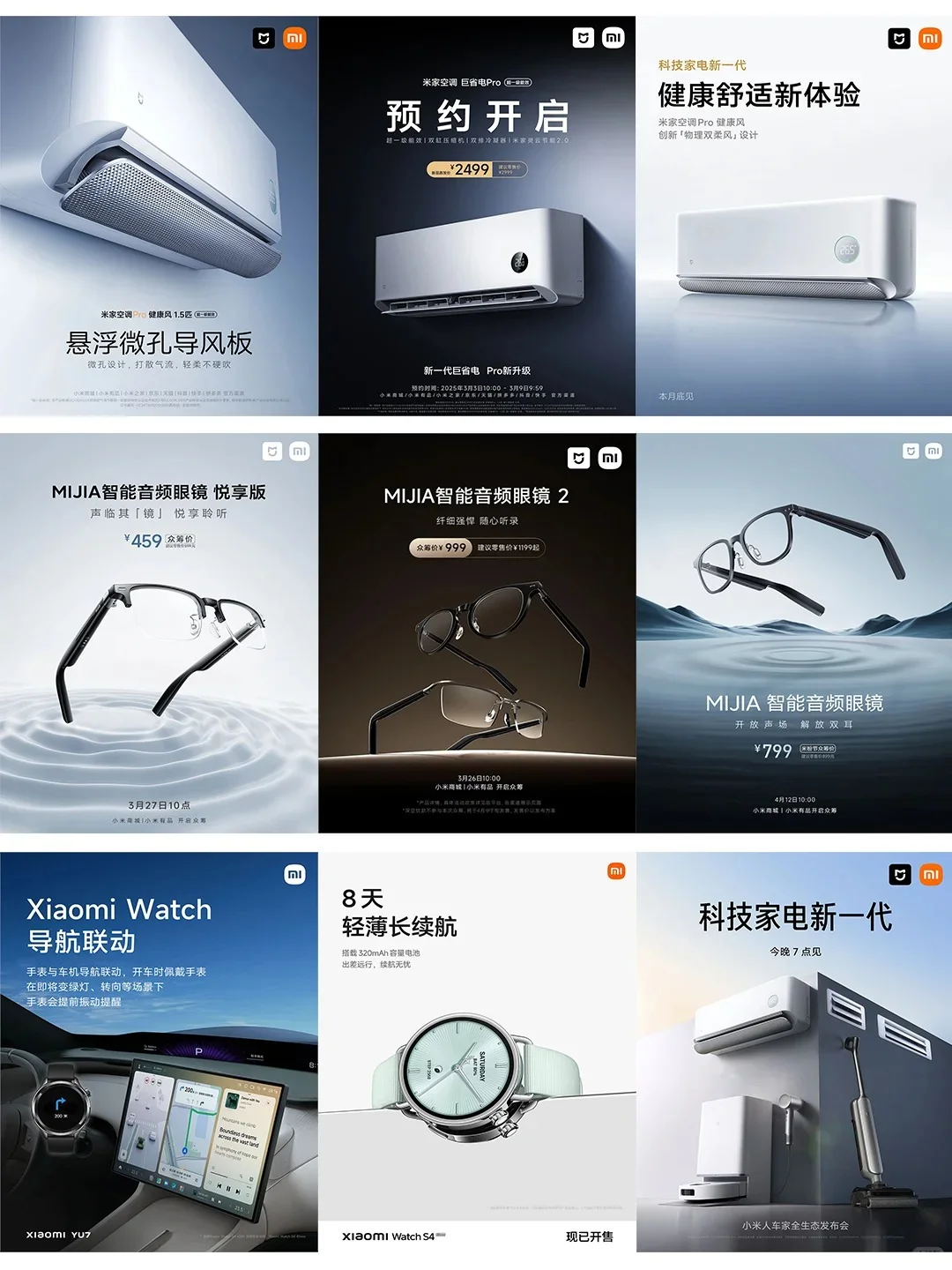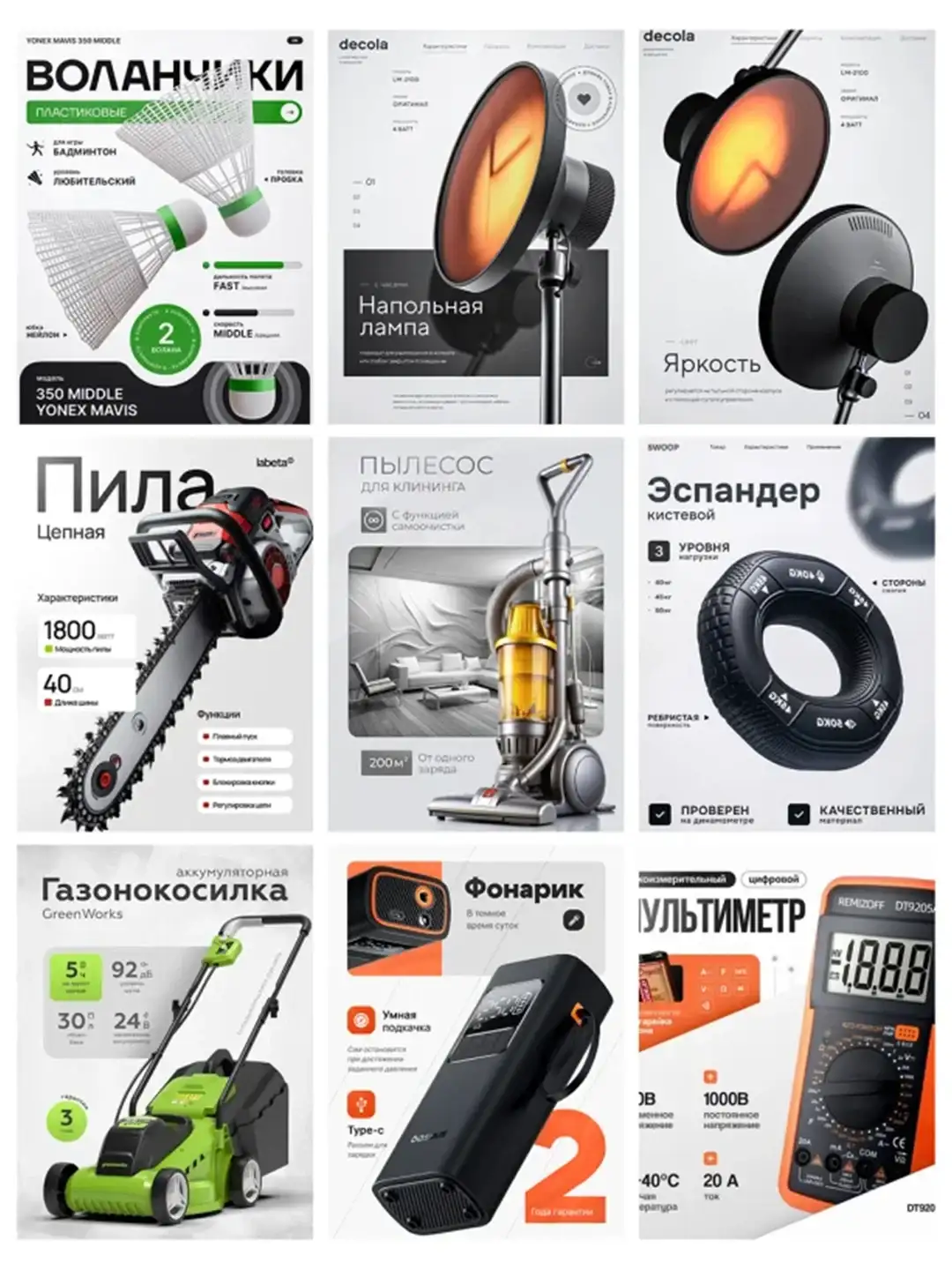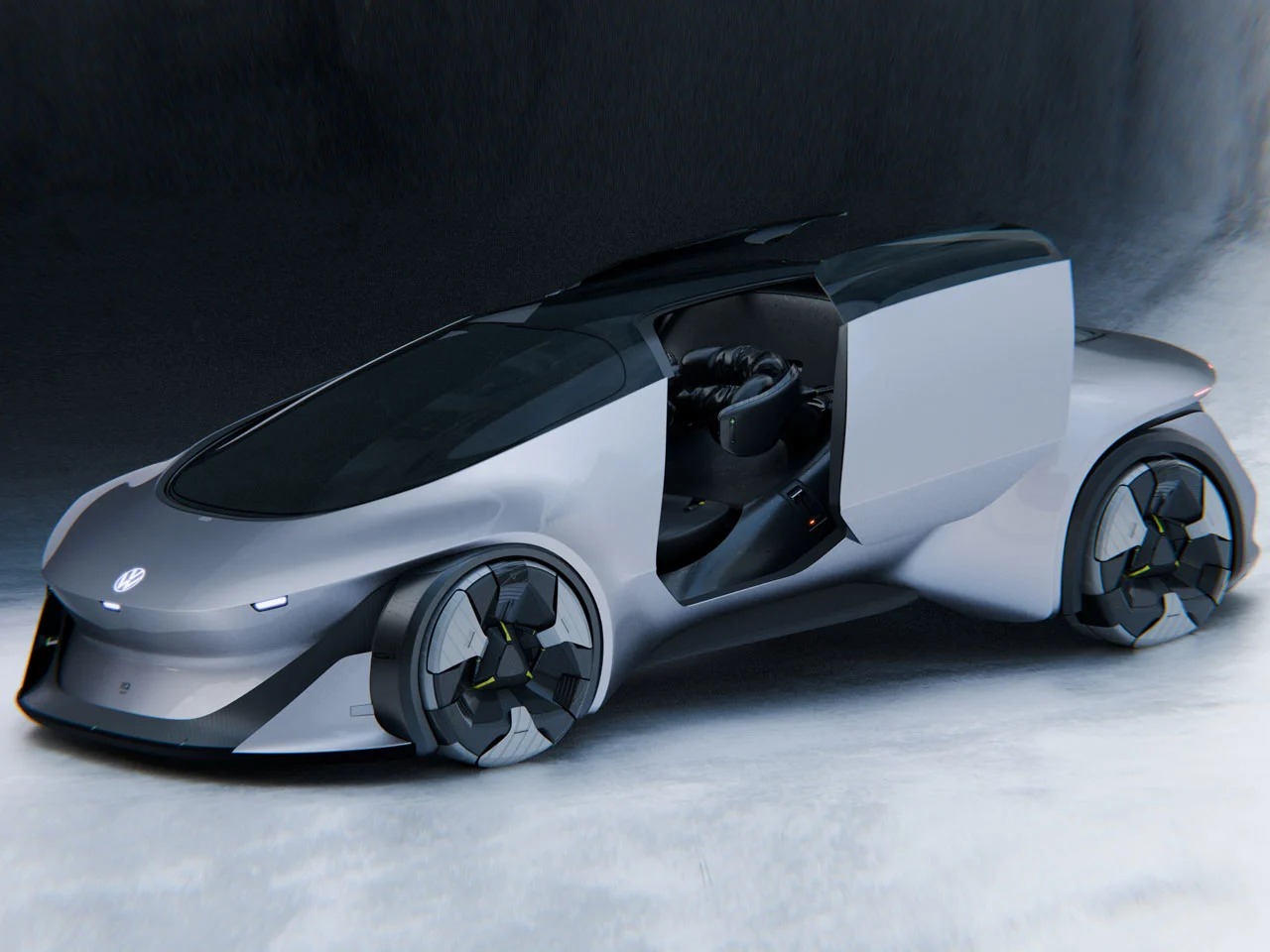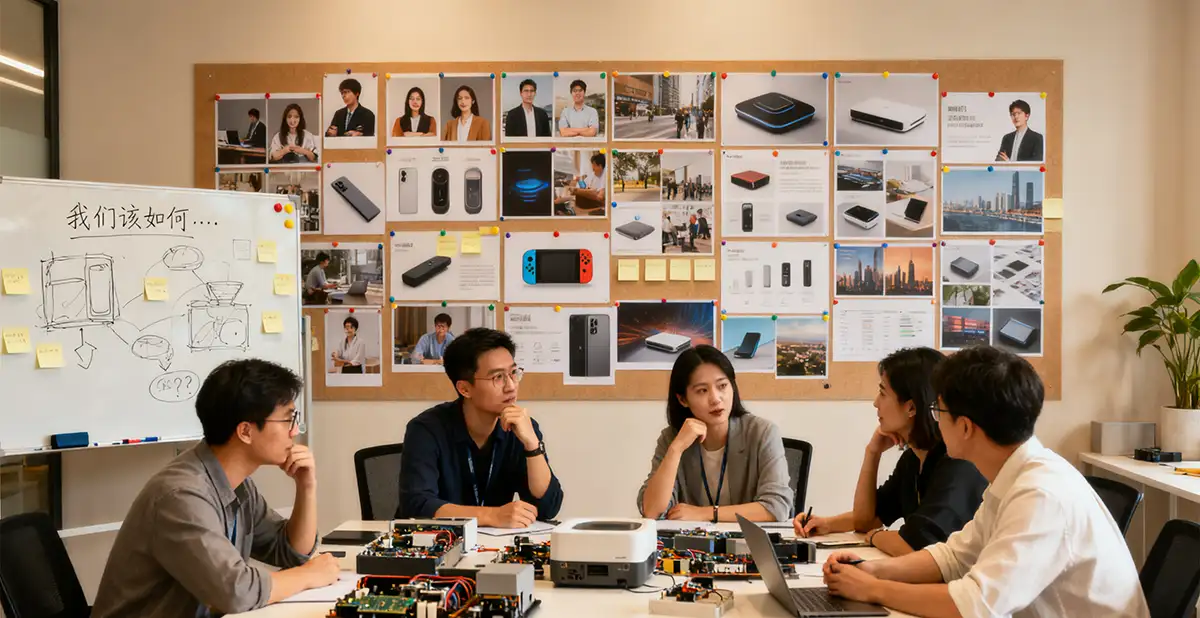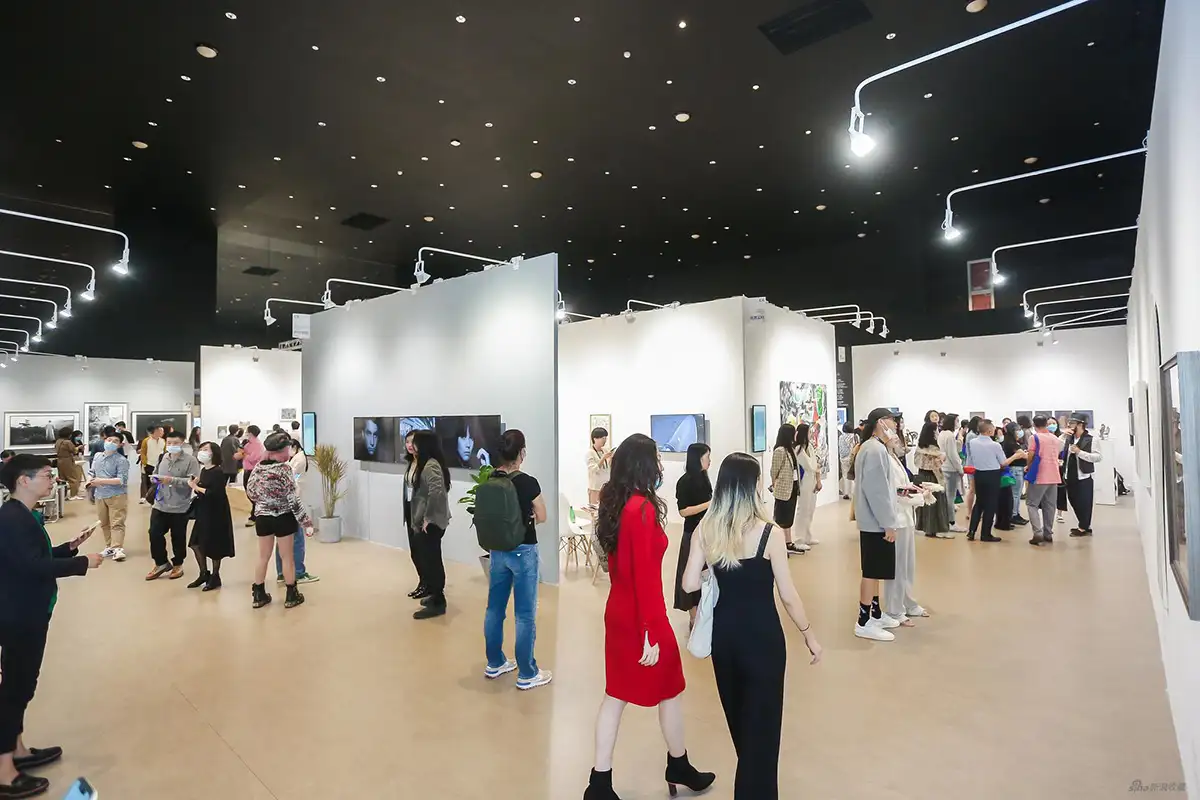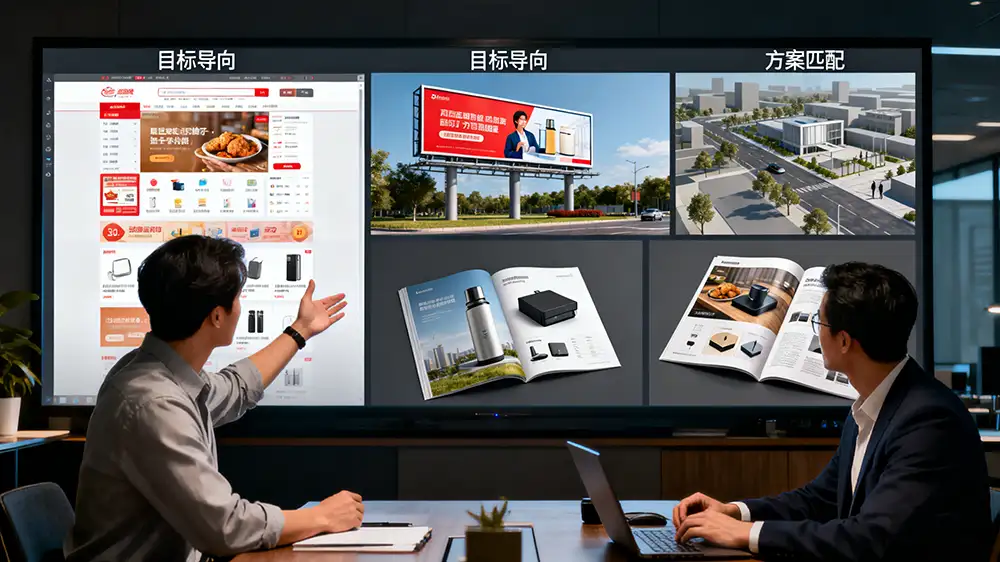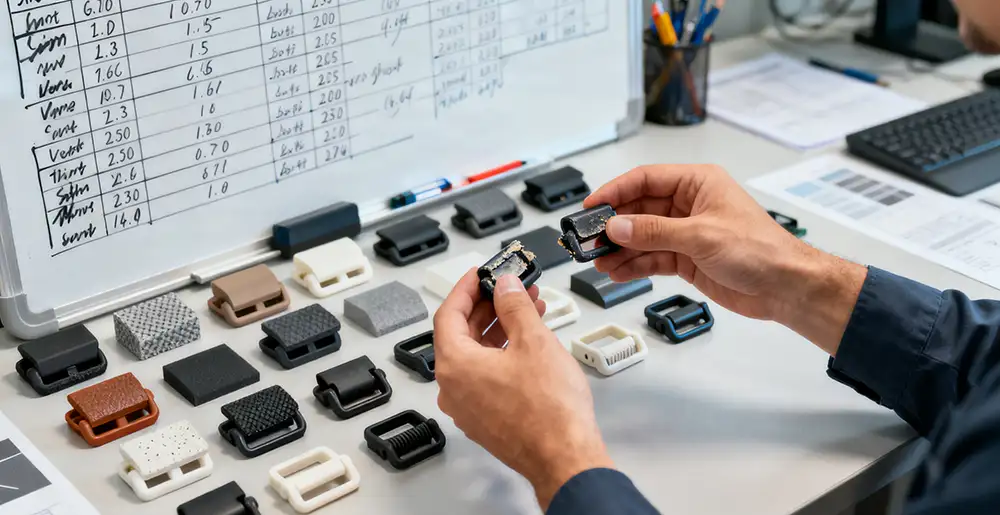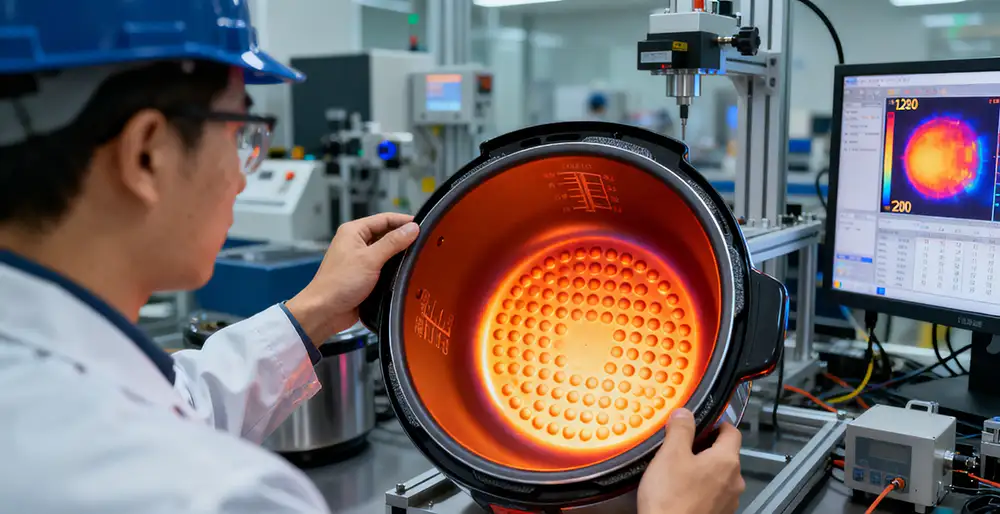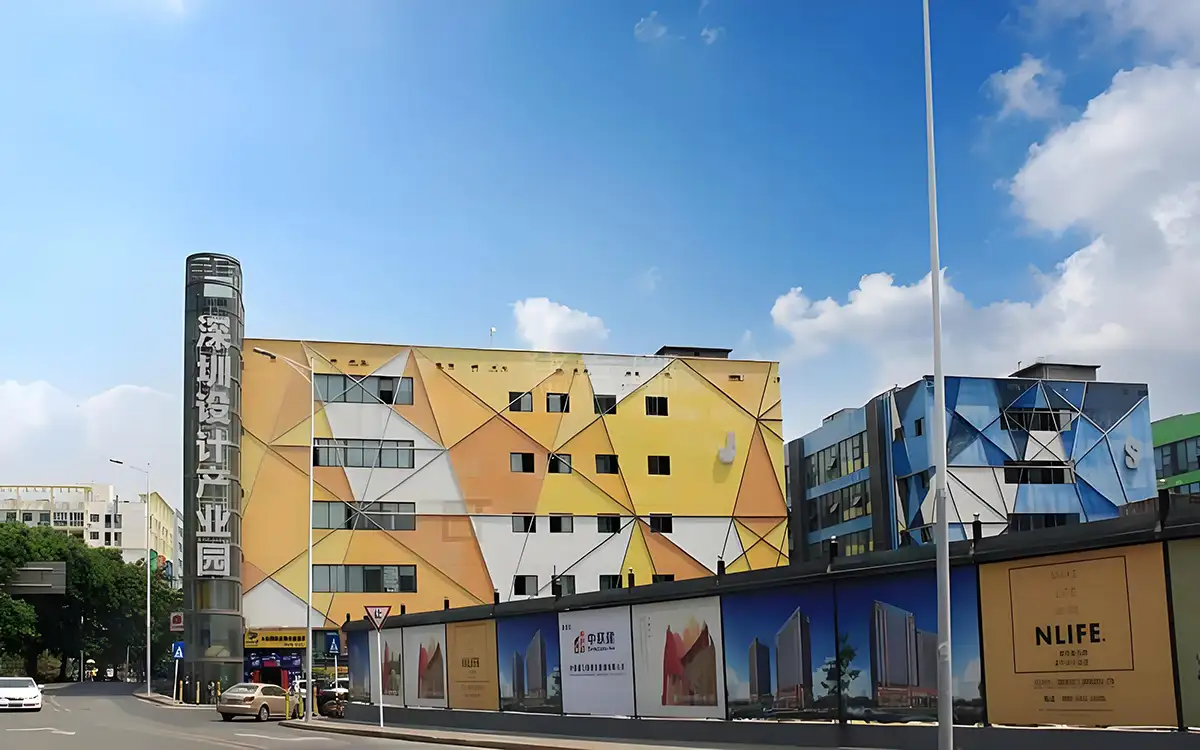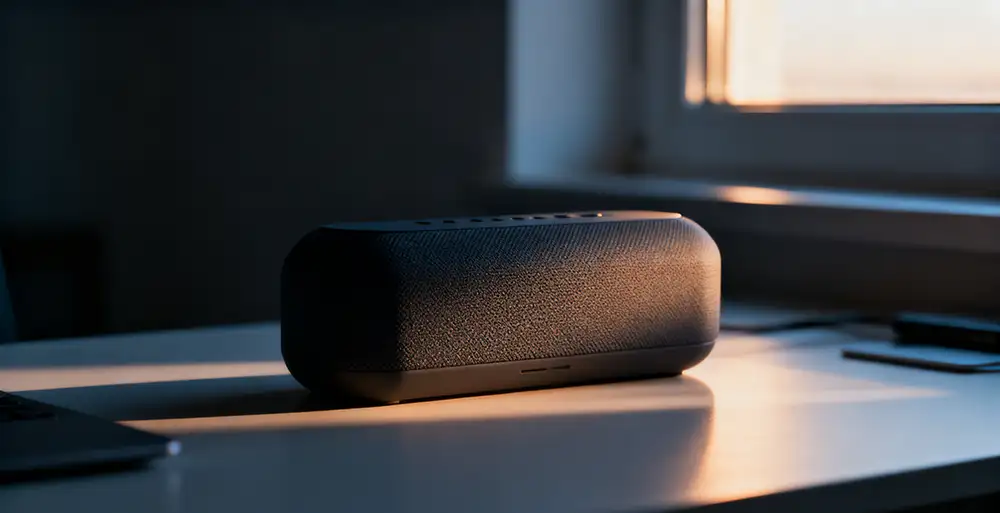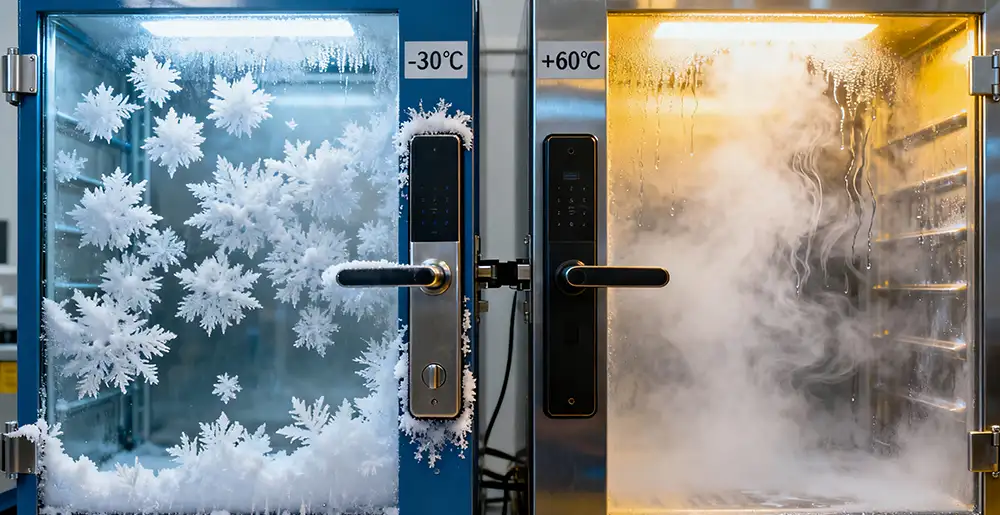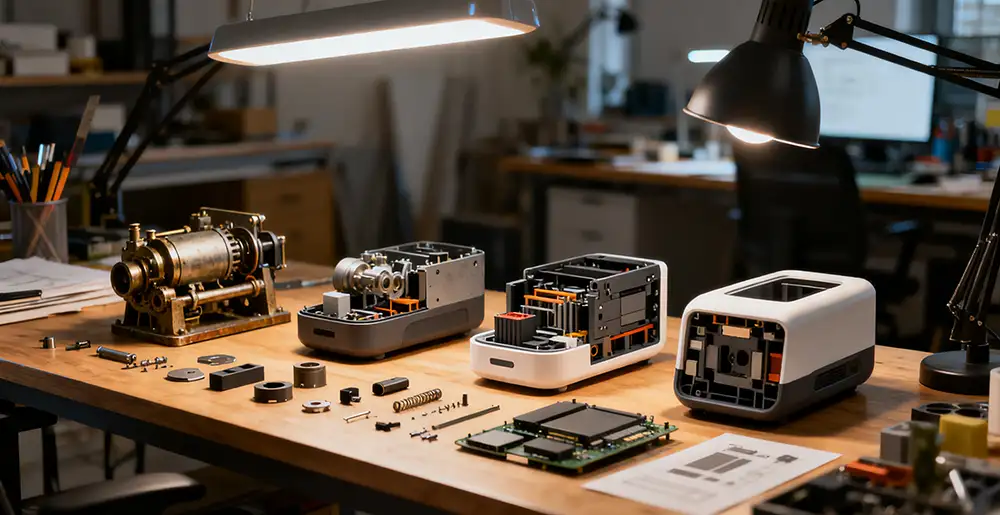九号创新:深圳工业设计以“设计+科技”的创新模式领跑全国,而其他地区则依托产业特色形成差异化发展路径。未来,工业设计需进一步突破人才、技术、政策瓶颈,推动AI、绿色设计等技术深度融合,构建“全国协同、全球链接”的创新生态。例如,深圳可探索“工业设计云平台”,整合全球创意资源;中西部地区可依托传统产业升级,打造“设计+制造”的区域标杆。通过政策引导、技术创新与生态协同,中国工业设计将从“制造大国”向“设计强国”加速迈进。

深圳工业设计
深圳工业设计:创新引领与生态协同
作为中国工业设计的核心引擎,深圳依托“设计之都”的政策优势和产业基础,形成了覆盖全产业链的创新生态体系。最新数据显示,深圳拥有各类工业设计机构超2.2万家,其中国家级工业设计中心13家、省级123家,设计产业年产值达450亿元,占全国总量的40%以上。华为、大疆、迈瑞等企业的设计部门已成为全球标杆,例如大疆无人机凭借“御MAVIC AIR 2”斩获中国优秀工业设计奖金奖,其设计团队将人机交互与AI技术深度融合,推动消费级无人机市场份额全球占比超70%。
政策层面,深圳自2012年出台全国首个工业设计专项扶持政策后,持续加码设计产业。2022年“20+8”产业政策明确将工业设计纳入未来产业集群,重点支持智能硬件、医疗器械等领域的设计创新。例如迈瑞医疗通过“亲近的设计”理念,在监护仪、麻醉机等产品中融入可用性测试和人因工程学,其医疗设备国内市场占有率第一,全球前三。
产业载体方面,深圳设计产业园、中芬设计园等平台发挥关键作用。深圳设计产业园通过“金、木、水、火、土”五栋大楼构建全产业链服务体系,入驻企业如鼎典、浪尖等年均斩获国际设计奖项超百项。中芬设计园则聚焦国际化合作,引入芬兰设计资源,推动华为、腾讯等企业的全球化设计战略。

长三角
全国工业设计:区域特色与差异化发展
长三角:数字经济与服务设计双轮驱动
上海以用户体验设计为核心,依托阿里巴巴、上汽等企业,形成“设计+互联网”“设计+汽车”的产业特色。2023年,上海新增10家省级工业设计中心,其中上汽设计中心通过“智能出行设计研究联合实验室”与高校合作,推动汽车设计向智能化、情感化转型。杭州则聚焦数字经济,阿里巴巴设计团队将服务设计理念融入电商生态,推动“双十一”购物节的交互体验创新,其设计成果带动年交易额突破5000亿元。
京津冀:高端制造与文化创意融合
北京以中央美院、清华美院为人才高地,推动“设计+文化”融合。小米生态链设计团队通过“爆品策略”,将工业设计与供应链整合结合,推出的扫地机器人、空气净化器等产品年销量均超百万台。河北则依托雄安新区规划,打造工业设计产业集聚区,2023年出台《河北省制造业设计能力提升“十四五”规划》,重点支持钢铁、汽车等传统产业的设计升级,目标到2025年培育500家企业工业设计中心。
中西部:传统产业升级与新兴领域突破
湖南以工程机械、轨道交通装备为重点,三一重工工业设计中心通过“人机协同设计”优化挖掘机操作界面,其产品在海外市场占有率提升至15%。重庆聚焦汽车产业,长安汽车设计中心与意大利都灵设计团队合作,推出UNI系列车型,将东方美学与智能科技结合,年销量突破30万辆。成都则依托电子信息产业,推动智能穿戴设备设计创新,极米科技通过“无屏电视”设计理念,占据全球投影设备市场20%份额。

珠三角
珠三角:协同创新与产业集群效应
广州以“省长杯”工业设计大赛为平台,推动家电、家具等传统产业升级,2023年新增14家省级工业设计中心。东莞则依托制造业基础,形成“设计+制造”的产业模式,OPPO、vivo的设计部门通过CMF(色彩、材料、工艺)创新,推动手机外观设计迭代,年出货量均超1亿台。
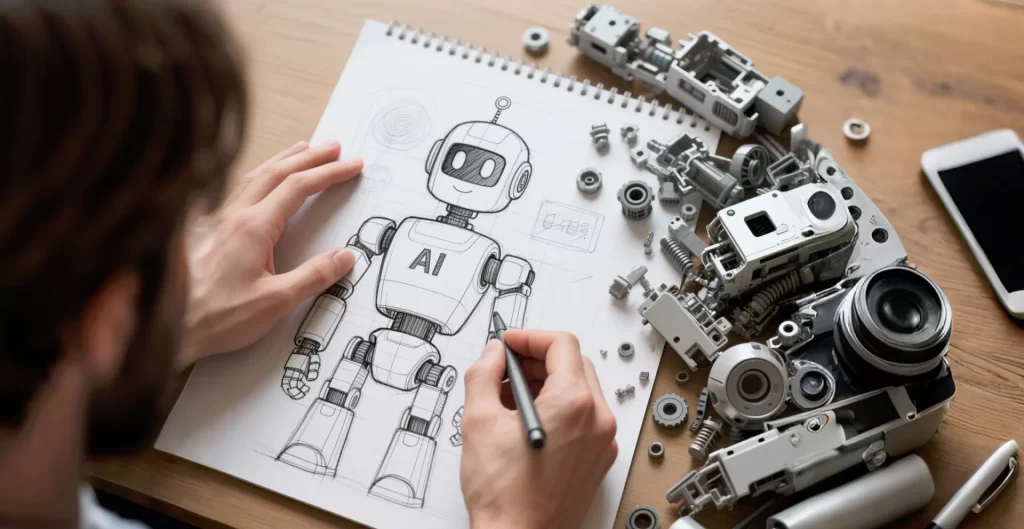
拥抱未来
挑战与未来趋势
共性挑战
人才结构性短缺:全国工业设计专业毕业生中,仅30%具备跨学科能力,高端复合型人才缺口达40%。
知识产权保护薄弱:设计侵权案件年均增长15%,企业维权成本高。
区域发展失衡:中西部工业设计产值仅占全国25%,与东部差距显著。
技术融合趋势
AI赋能设计:深圳企业如优必选将AI技术应用于服务机器人设计,其Walker X通过多模态交互感知实现情感化服务。
绿色设计:青岛勤为径设计公司开发菌丝体交互套件,将生物材料应用于产品设计,推动循环经济。
虚拟现实(VR)/增强现实(AR):杭州网易游戏设计团队利用VR技术优化游戏场景设计,提升用户沉浸感。
政策与生态优化
区域协同:长三角G60科创走廊推动九城市工业设计资源共享,建立跨区域设计标准。
国际合作:深圳国际工业设计大展吸引30多个国家参与,促成国内外企业的合作项目。
教育改革:湖南大学开设“智能设计”微专业,培养AI与设计融合的复合型人才。
NINEIDEA:Analysis of the Current Situation and National Development Pattern of Industrial Design in Shenzhen
Shenzhen’s industrial design leads the country with an innovative model of “design+technology”, while other regions rely on industrial characteristics to form differentiated development paths. In the future, industrial design needs to further break through the bottlenecks of talent, technology, and policies, promote the deep integration of technologies such as AI and green design, and build an innovative ecosystem of “national collaboration and global connectivity”.
For example, Shenzhen can explore the “Industrial Design Cloud Platform” to integrate global creative resources; The central and western regions can rely on traditional industries to upgrade and create a regional benchmark for “design+manufacturing”. Through policy guidance, technological innovation, and ecological synergy, China’s industrial design will accelerate from a “manufacturing powerhouse” to a “design powerhouse”.
Shenzhen Industrial Design:
Innovation Leading and Ecological Synergy
As the core engine of China’s industrial design, Shenzhen has formed an innovative ecosystem covering the entire industry chain, relying on its policy advantages and industrial foundation as the “Design Capital”. The latest data shows that Shenzhen has over 22000 industrial design institutions of various types, including 13 national level industrial design centers and 123 provincial-level ones.
The annual output value of the design industry reaches 45 billion yuan, accounting for more than 40% of the national total. The design departments of companies such as Huawei, DJI, and Mindray have become global benchmarks. For example, DJI’s unmanned aerial vehicle won the China Excellent Industrial Design Award with its “YUMAVIC AIR 2”. Its design team deeply integrates human-machine interaction with AI technology, driving the global market share of consumer grade unmanned aerial vehicles to over 70%.
At the policy level, since the introduction of the first national industrial design special support policy in 2012, Shenzhen has continued to increase its efforts in the design industry. The “20+8” industrial policy for 2022 explicitly includes industrial design in future industrial clusters, with a focus on supporting design innovation in areas such as smart hardware and medical devices. For example, Mindray Medical integrates usability testing and ergonomics into products such as monitors and anesthesia machines through the concept of “intimate design”. Its medical equipment has the highest domestic market share and ranks among the top three globally.
In terms of industrial carriers, platforms such as Shenzhen Design Industry Park and Zhongfen Design Park play a key role. The Shenzhen Design Industry Park has built a full industry chain service system through five buildings of “metal, wood, water, fire, and soil”. The settled enterprises such as Langjian and Dingdian have won over a hundred international design awards annually. The Sino Finnish Design Park focuses on international cooperation, introducing Finnish design resources and promoting the global design strategies of companies such as Huawei and Tencent.
National Industrial Design: Regional Characteristics and Differentiated Development
Yangtze River Delta: Dual wheel drive of digital economy and service design
Shanghai takes user experience design as the core and relies on Alibaba, SAIC and other enterprises to form the industrial characteristics of “design+Internet” and “design+automobile”. In 2023, Shanghai will add 10 provincial-level industrial design centers, among which SAIC Design Center will collaborate with universities through the “Intelligent Travel Design Research Joint Laboratory” to promote the transformation of automotive design towards intelligence and emotionalization. Hangzhou focuses on the digital economy, and Alibaba’s design team integrates service design concepts into the e-commerce ecosystem to promote innovative interactive experiences for the “Double Eleven” shopping festival. Its design results have driven annual transaction volume to exceed 500 billion yuan.
Beijing Tianjin Hebei: Integration of High end Manufacturing and Cultural Creativity
Beijing takes the Central Academy of Fine Arts and Tsinghua Academy of Fine Arts as talent hubs to promote the integration of “design+culture”. The Xiaomi ecological chain design team has integrated industrial design with the supply chain through the “explosive product strategy”, and has launched products such as floor cleaning robots and air purifiers with annual sales exceeding one million units.
Hebei relies on the planning of Xiong’an New Area to create an industrial design industry cluster. In 2023, the “14th Five Year Plan for Enhancing Manufacturing Design Capability in Hebei Province” will be issued, focusing on supporting the design upgrade of traditional industries such as steel and automobiles. The goal is to cultivate 500 industrial design centers for enterprises by 2025.
Central and Western Regions: Upgrading Traditional Industries and Breakthroughs in Emerging Fields
Hunan focuses on engineering machinery and rail transit equipment, and Sany Heavy Industry Industrial Design Center optimizes the excavator operation interface through “human-machine collaborative design”, increasing its product market share in overseas markets to 15%. Chongqing focuses on the automotive industry, and Changan Automobile Design Center has collaborated with a design team in Turin, Italy to launch the UNI series models, combining Eastern aesthetics with intelligent technology, with annual sales exceeding 300000 units.
Chengdu relies on the electronic information industry to promote innovation in the design of smart wearable devices. XGIMI Technology, with its “screenless TV” design concept, occupies a 20% market share in the global projection equipment market.
Pearl River Delta: Collaborative Innovation and Industrial Cluster Effect
Guangzhou uses the “Governor’s Cup” Industrial Design Competition as a platform to promote the upgrading of traditional industries such as home appliances and furniture, and will add 14 provincial-level industrial design centers in 2023. Dongguan, relying on its manufacturing foundation, has formed an industrial model of “design+manufacturing”. The design departments of OPPO and Vivo promote the iteration of mobile phone appearance design through CMF (color, material, process) innovation, with annual shipments exceeding 100 million units.
Challenges and Future Trends
Common challenges
Structural talent shortage: Only 30% of industrial design graduates in China possess interdisciplinary skills, and there is a gap of 40% in high-end composite talents.
Weak intellectual property protection: The average annual growth rate of design infringement cases is 15%, and the cost of enterprise rights protection is high.
Unbalanced regional development: The industrial design output value in the central and western regions only accounts for 25% of the national total, with a significant gap compared to the eastern region.
Trend of Technology Fusion
AI Empowered Design: Shenzhen based enterprise Ruyoubixuan applies AI technology to service robot design, and its Walker X achieves emotional services through multimodal interactive perception.
Green Design: Qingdao Qinweijing Design Company has developed a mycelium interaction kit, which applies biomaterials to product design and promotes circular economy.
Virtual Reality (VR)/Augmented Reality (AR): The Hangzhou NetEase game design team uses VR technology to optimize game scene design and enhance user immersion.
Policy and Ecological Optimization
Regional collaboration: The G60 Science and Technology Innovation Corridor in the Yangtze River Delta promotes the sharing of industrial design resources among nine cities and establishes cross regional design standards.
International Cooperation: The Shenzhen International Industrial Design Exhibition has attracted participation from over 30 countries, facilitating cooperation projects between domestic and foreign enterprises.
Education reform: Hunan University has established a micro major in “Intelligent Design” to cultivate composite talents who integrate AI and design.










